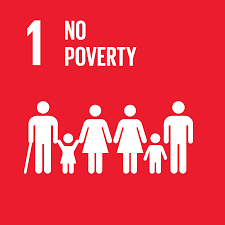
Globally, the number of people living in extreme poverty has declined by more than half from 1.9 billion in 1990. However, 836 million people still live in extreme poverty.
Read More...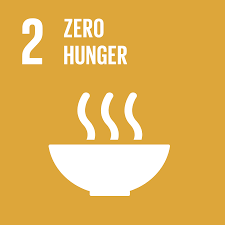
Globally, the proportion of undernourished people in the developing regions has fallen by almost half since 1990, from 23.3% in 1990-1992 to 12.9% in 2014-2016.
Read More...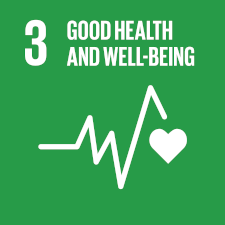
17,000 fewer children die each day than in 1990, but more than six million children still die before their fifth birthday each year.
Read More...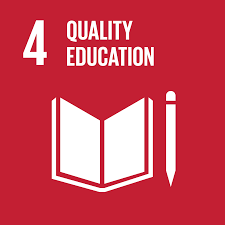
Enrolment in primary education in developing countries has reached 91%, but 57 million children remain out of school.
Read More...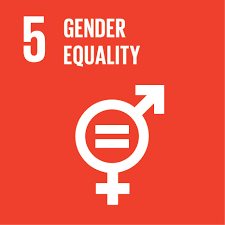
In Southern Asia, only 74 girls were enrolled in primary school for every 100 boys in 1990. By 2012, the enrolment ratios were the same for girls and for boys.
Read More...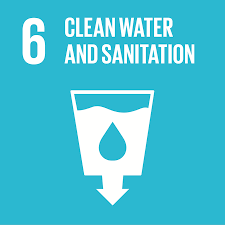
In 2015, 91% of the global population is using an improved drinking water source, compared to 76% in 1990. However, 2.5 billion people lack access to basic sanitation services, such as toilets or latrines.
Read More...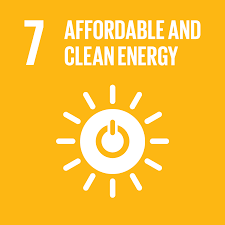
1.3 billion people – one in five globally – still lack access to modern electricity. 3 billion people rely on wood, coal, charcoal or animal waste for cooking and heating.
Read More...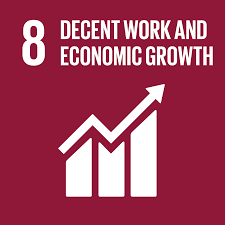
Global unemployment increased from 170 million in 2007 to nearly 202 million in 2012, of which about 75 million are young women and men.
Read More...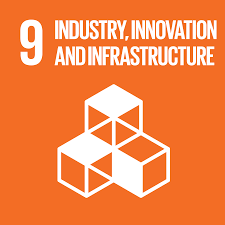
2.5 billion people worldwide lack access to basic sanitation and almost 800 million people lack access to water, many hundreds of millions of them in sub-Saharan Africa and South Asia.
Read More...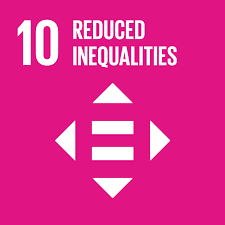
On average – and taking into account population size – income inequality increased by 11% in developing countries between 1990 and 2010.
Read More...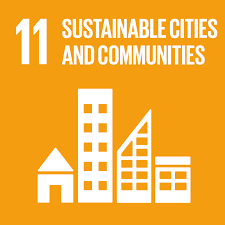
Half of humanity – 3.5 billion people – lives in cities today. By 2030, almost 60% of the world’s population will live in urban areas. 828 million people live in slums today and the number keeps rising.
Read More...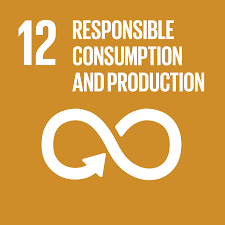
1.3 billion tonnes of food are wasted every year. If people worldwide switched to energy-efficient lightbulbs, the world would save US$120 billion annually.
Read More...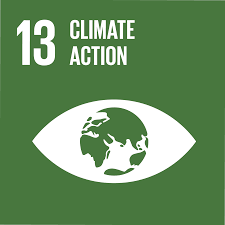
The greenhouse gas emissions from human activities are driving climate change and continue to rise. They are now at their highest levels in history. Global emissions of carbon dioxide have increased by almost 50% since 1990.
Read More...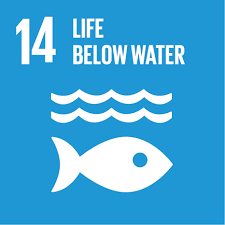
Oceans cover three-quarters of the Earth’s surface, contain 97% of the Earth’s water, and represent 99% of the living space on the planet by volume.
Read More...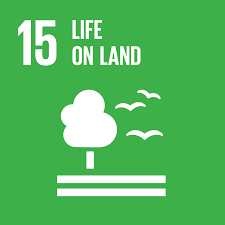
Around 1.6 billion people depend on forests for their livelihood. This includes some 70 million indigenous people. Forests are home to more than 80% of all terrestrial species of animals, plants and insects.
Read More...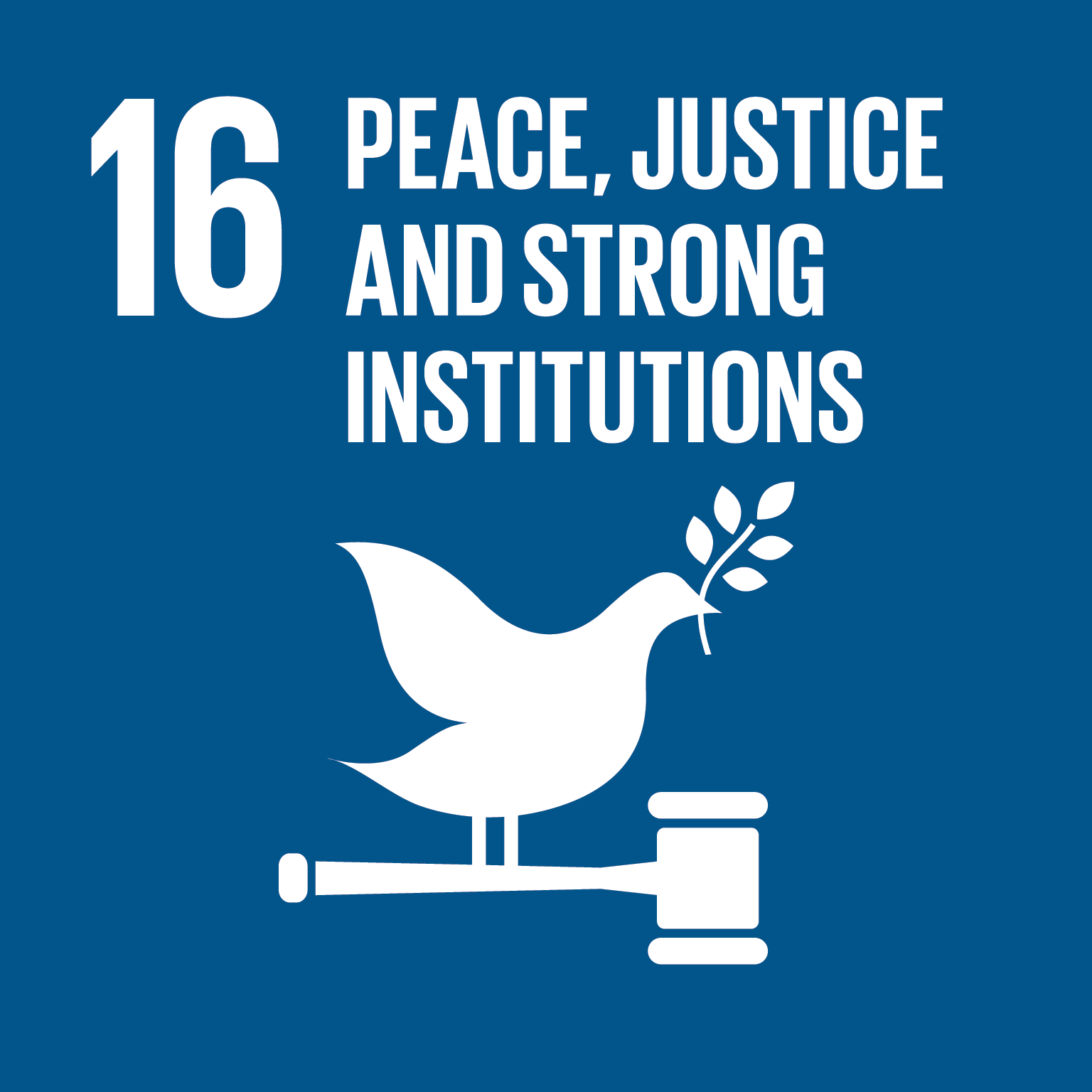
The number of refugees of concern to the United Nations High Commissioner for Refugees (UNHCR) stood at 13 million in mid-2014, up from a year earlier.
Read More...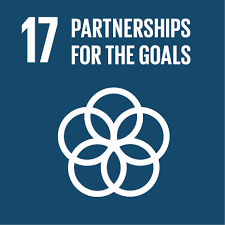
Official development assistance (ODA) stood at approximately $135 billion in 2014. In 2014, 79% of imports from developing countries entered developed countries duty-free.
Read More...
